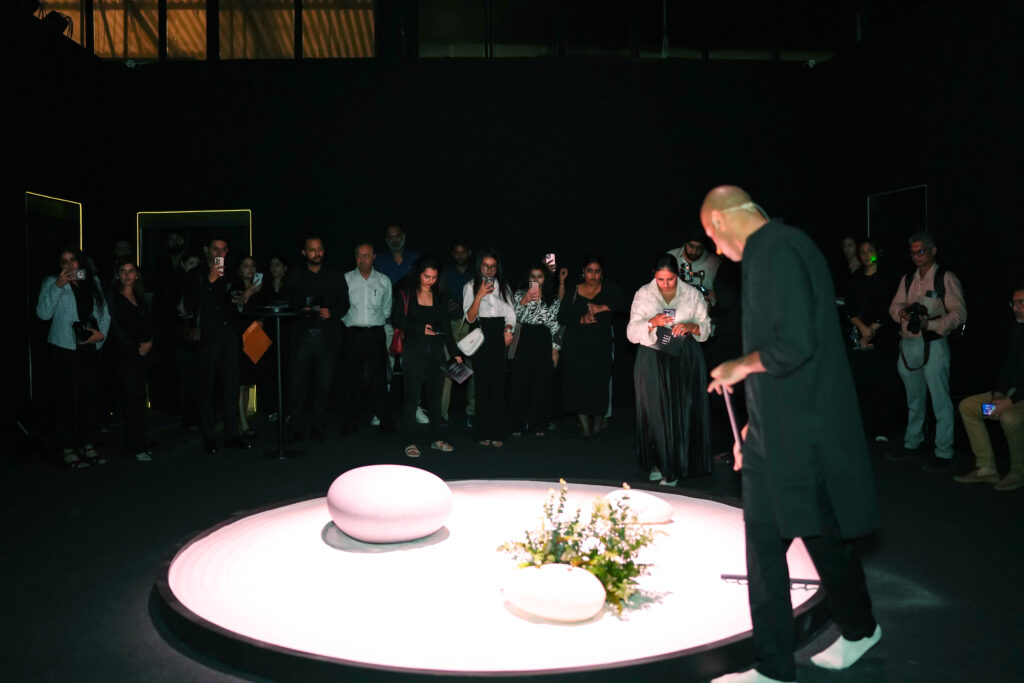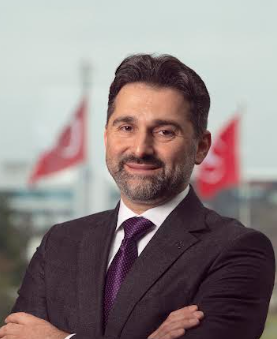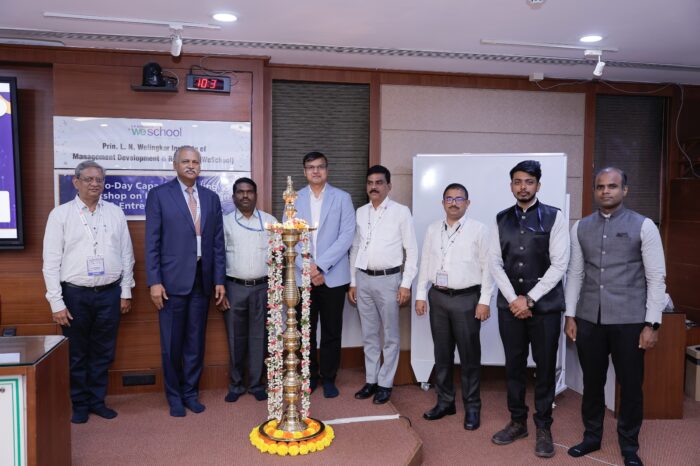The sacred month of Kartik holds immense significance in Odisha’s spiritual calendar. Among its many divine observances, Amla Navami, also known as Radha Pada Darshan, stands out as a festival that beautifully blends devotion, mythology, and reverence for nature. Celebrated on the ninth day (Navami) of the bright fortnight (Shukla Paksha) of Kartik month, the day is believed to bring endless prosperity, purity, and blessings to devotees.
The Sacred Tree of Immortality
On this auspicious day, devotees worship the Amla (Indian Gooseberry) tree, considered a sacred embodiment of Lord Vishnu. It is believed that any act of charity or devotion performed under an Amla tree on this day yields Akshaya Punya—merit that never diminishes. This belief gives the festival another revered name, Akshaya Navami.
In traditional Odia households, especially among Habisyalis (women observing Kartik vows), special rituals are performed under the shade of the Amla tree. Devotees bathe the image of Lord Vishnu with holy water beneath the tree, cook simple sanctified food (Habisya Anna), and partake in it as prasada. Circumambulating the tree is believed to grant longevity, good health, and divine blessings. The day is thus not only a religious observance but also a celebration of nature’s generosity — expressing gratitude to the life-giving environment.
The Legend of Radha Pada Darshan
Beyond its ecological symbolism, Amla Navami holds a deeply spiritual connection in Odisha, particularly at the Sakhigopal Temple, near Puri. Here, the festival coincides with the Radha Pada Darshan Yatra, a day when devotees are granted a rare glimpse of Maa Radha’s sacred feet — a vision believed to absolve one of countless sins and bless the devotee with eternal bliss.
According to the temple legend, Lord Krishna once appeared in the form of Sakhigopal (Witness Gopal) to defend the honor of a humble devotee. Over centuries, the divine idol journeyed from Vrindavan to Kanchi, and eventually to Odisha, where King Purushottama Deva enshrined Him near Puri. But when the Lord took residence there, His beloved Radha remained in Vrindavan, leading to their separation. To fulfill this divine longing, Radha was later reborn in human form as Lakshmi, the daughter of the temple priest Beleswar Mahapatra of Satyabadi. Each night, the Lord would secretly visit her — their reunion celebrated in the sacred groves known as Bakula Ban, often described as “Gupta Vrindavan” or the hidden Vrindavan of Odisha.
When the king mistakenly accused the priest of wrongdoing, Lord Sakhigopal appeared in the king’s dream, revealing the divine truth and commanding that a golden idol of Radha be created and installed beside Him. The day this idol was consecrated, Lakshmi left her mortal body, and her tomb was later transformed into a Mahavir Temple, which still stands near the shrine.
The Divine Vision and the Odia Attire
The story further tells that, in memory of Radha’s human incarnation, her idol remained draped year-round in long garments — concealing her divine feet. But once a year, on Amla Navami, she appears in her Odia attire (Odiani Besha), and devotees are blessed with the rare opportunity of Radha Pada Darshan — the sacred sight of her lotus feet.
On this day, both deities are dressed in resplendent attire. Lord Gopal is adorned in the Natabara Besha (the charming dancer form), wearing a golden crown and holding a golden flute, while Maa Radha is decorated with traditional Odia ornaments — paunji (anklets), kundala (earrings), chandrika, nose ring, and the sacred Amla mala (necklace made of gooseberries). The temple resonates with devotional songs, rituals, and the fragrance of flowers and incense, as thousands gather for a glimpse of the divine pair.
Outside the temple, devotees tie red threads smeared with vermilion around Amla trees, praying for the fulfillment of their wishes, marital happiness, and the well-being of their children.
A Celebration of Nature, Faith, and Eternal Love
While the legends and rituals give the day its deep spiritual essence, Amla Navami also stands as a reminder of India’s ancient tradition of living in harmony with nature. Worshipping the Amla tree signifies gratitude to the environment that sustains life. Sitting beneath its shade or partaking of food there is believed to heal the body and calm the mind.
The spiritual significance of the day — the union of Radha and Krishna, nature and divinity, devotion and gratitude — makes Amla Navami a celebration of love and balance. Whether one believes in the myths or cherishes the symbolism, the festival’s essence remains universal: to honour the divine in nature, to find purity in devotion, and to live in harmony with all that sustains us.
Conclusion
Amla Navami and Radha Pada Darshan together remind us that faith is not separate from nature — it flows through the trees, rivers, and traditions that define our culture.






